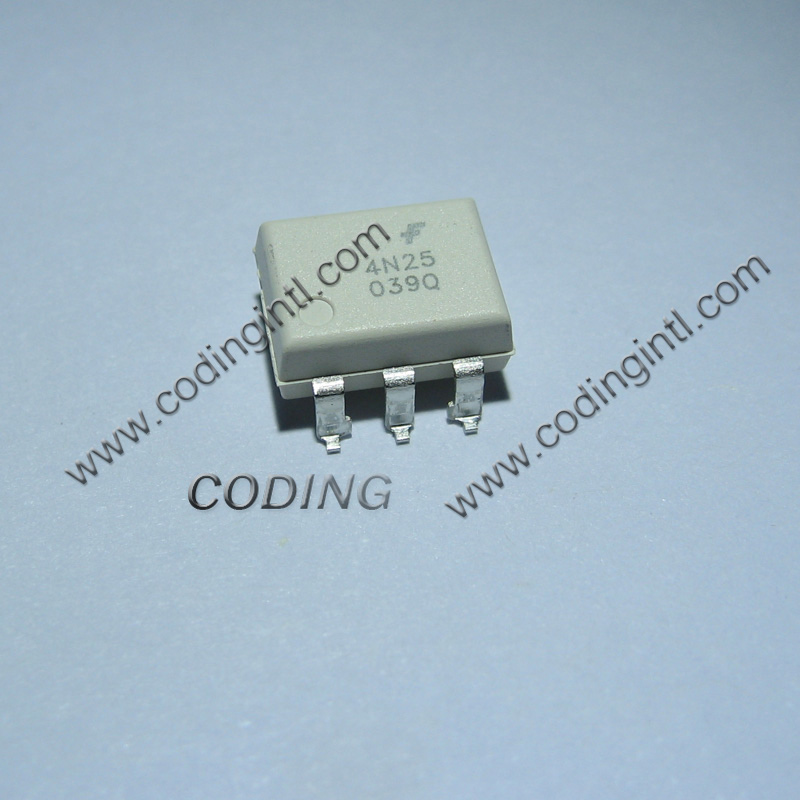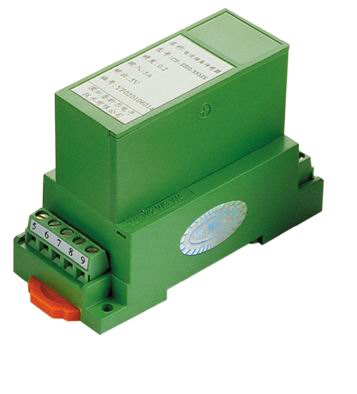Automotive Sector Keeps Magnetic Sensors Market Ticking
Semiconductor magnetic sensors are saved to track to attain Several percent revenue progress this year, thanks to widespread adoption in the automotive sector, according to a brand new report from IHS Corporation.
Global market revenue for magnetic devices will reach $1.73 billion at year-end, up from $1.62 billion in 2012. Next year will dsicover revenue expand again by approximately Several percent to reach $1.85 billion, with progress continuing during the following three years ranging from 4 to 8 percent. By 2017, industry takings will figure to some $2.20 billion.
Magnetic sensors are used to track rotational velocity and linear aspects in machines along with devices, or to detect and process magnet fields to establish setting.
“More than 5 billion magnetic sensors along with switches were offered last year, with car accounting for 52 percent of revenue and also the consumer and cell sector making up another 37 percent,” explained Richard Dixon, principal expert for MEMS and detectors at IHS. “The rest is at industry, energy, health care and other smaller programs, such as the transport, aerospace along with maritime sectors.”
Automotive drives main use
In the past the devices enjoyed a remarkable work of growth, assisted to some degree by their own key role in vehicle safety methods required by mandates. As an example, electronic stability manage (ESC) systems engineered to assist prevent vehicle skidding have been a potent driving force within consumption, given the using relatively expensive steering-wheel-angle sensors and at least four wheel-speed devices.
ESC mandates helped launch the sensors in the direction of rapid growth during the last several years, especially as they were being enforced within the highly developed automotive areas of the United States, Canada, europe, Australia, South Korea along with Japan.
Hall ICs Still rule
Overall, Hall-type integrated-circuit (IC) sensors and knobs remain the most well known magnetic sensor unit, making up a whopping Fifth thererrrs 89 percent of industry revenue in 2012. Applications for Hall receptors include wheel-speed sensing within anti-lock brake systems; speeding pedals; electronic throttle control device position; crankshaft sensing; and also exhaust gas recirculation. Additionally, there are as many as 25 applications for simple changes in the body of the vehicle-Hall-effect sensors dominate in this low-cost change category.
Given the vividness of Hall-type devices, however, growth is coming business areas, including anisotropic magnetoresistance (AMR), huge magnetoresistance (GMR) and tunneling magnetoresistance (TMR), Dixon noted. The change in technology blend is driven far more by consumer applications-such as in electronic compasses-than by the auto segment, which is still conservative in its setup of new sensors. TMR devices could eventually enter the car market because of greater performance compared to AMR and Hall ICs, but this won’t take place before the 2017 time frame.
Magnet sensors as a whole aim to capture a wide range of dimensions. For instance, the receptors gauge field or perhaps compass dimension-the principal type of measurement-in portable and consumer apps. Meanwhile, both switches and linear sensors are used in cameras and cellphone displays-switches for handling simple on-off functions; straight line sensors for auto-focus and image stabilizing.
Other measurements dependent on magnetic sensors include speed and position sensing in industrial motor applications, in addition to current sensing in motors used in a mix of both electric vehicles.
AKM of Japan is top supplier
The Top 10 suppliers of magnet sensors account for 87 percent of industry revenue. Leading those is Asahi Kasei Microsystems of Asia on the strength associated with Hall-based electronic compasses for portable handsets and supplements. AKM is followed, in order, by No. Only two Massachusetts-based Allegro Microsystems; Infineon Technologies of Philippines in third location; Micronas of Switzerland in fourth; and Belgium-based Melexis within fifth.
Other crucial suppliers are NXP with the Netherlands, Yamaha and Alps Electrical, both from The japanese; the American-Austrian manufacturer ams; as well as Diodes Inc. from Texas.
This article by blogcoding original compilation, please indicate the source:http://www.codingintl.com/blog/709.html





Post a comment